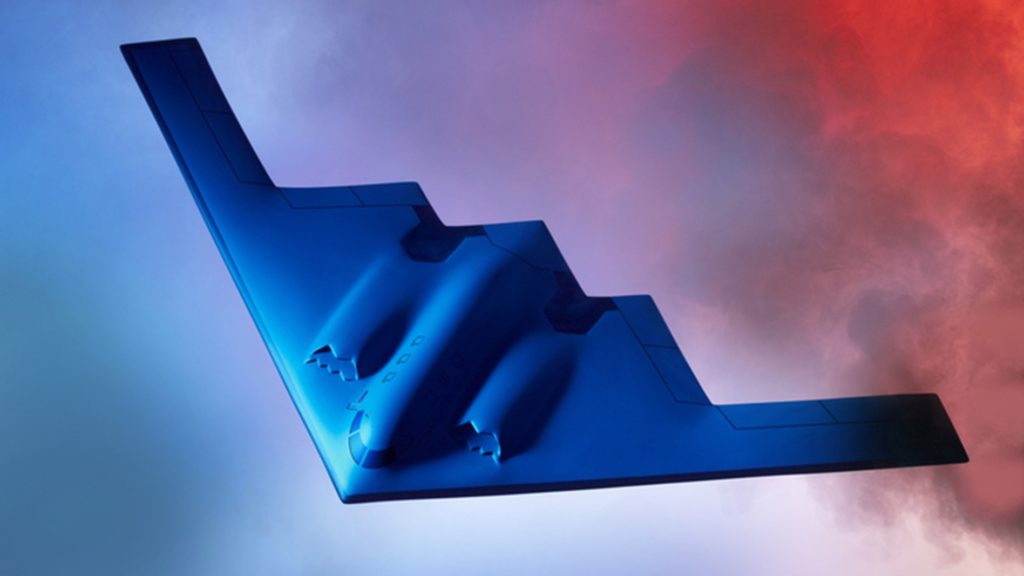
As the U.S. military becomes ever more reliant on the latest technology, the threat of a crippling attack by an EMP weapon grows. As Dr. Lowell Wood writes, “EMP is much more threatening to modern electronics than to old-fashioned ones.” Older larger components are extremely rugged and more tolerant to EMP interference, but as tinier transistors make their way into military electronics, so does an inherent vulnerability. Moore’s Law, which states that leading-edge integrated-circuit electronics shrink in an area by two-fold every year-and-a-half, only assures that this vulnerability will become ever more severe into the foreseeable future.
With the rising threat of electromagnetic pulse (EMP) weapons from adversaries such as Russia and China, the U.S. has been working hard to harden its military vehicles, planes, and ships. America’s most powerful bomber is now in line to get a capabilities package that will help further protect it against such a threat. Brian Brackens, spokesman for the Air Force Materiel Command (AFMC), confirmed to Military.com last week that AFMC recently requested a “capabilities package” and related proposals from companies able to produce technology that would help the B-2 withstand an EMP. The B-2 upgrades will also increase survivability in an anti-access/area denial environment, writes Oriana Pawlyk of Military.com. He writes (abridged):
The U.S. Air Force is looking for ways to better protect its B-2 Spirit bombers from a future electromagnetic pulse, or EMP, attack, according to a solicitation posted on the government’s acquisition and awards website.
Air Force Materiel Command last month requested a “capabilities package” and related proposals from companies able to produce technology that would help the B-2 withstand an EMP, Brian Brackens, spokesman for the command, confirmed to Military.com last week.
While the request for information window has already closed, the Air Force is exploring the modernization option to “increase its survivability,” Brackens said last week. […]
In 2019, then-President Donald Trump signed an executive order for U.S. agencies to craft a coordinated national resilience to electromagnetic pulses or attacks. The order called for additional research and development to address protection needs for crucial stakeholders who could be most affected by the threat, including the nation’s power grid stations and military equipment and installations.
B-2 avionics equipment is already “hardened” to withstand some weapons and attacks. The planned upgrade would provide “innovative ways to integrate modern weapons capabilities in order to increase survivability in an anti-access/area denial environment,” Brackens said. A2/AD refers to military strategies or systems used to keep an opponent from maneuvering freely through a region via land, sea or air.
“The investment strategy for the B-2 modernization program allows for incremental improvements; we won’t detail the enhancements for operational security reasons,” Brackens added.
The Air Force has 20 B-2s. It’s the Pentagon’s only stealth bomber until the B-21 Raider comes online sometime in the mid-2020s. The Air Force plans on retiring the B-2 starting in 2032.
The B-52H Stratofortress — the bomber expected to live on through the 2050s and beyond — has already undergone EMP protection testing. Both the B-52 and B-2 are capable of delivering nuclear weapons.



